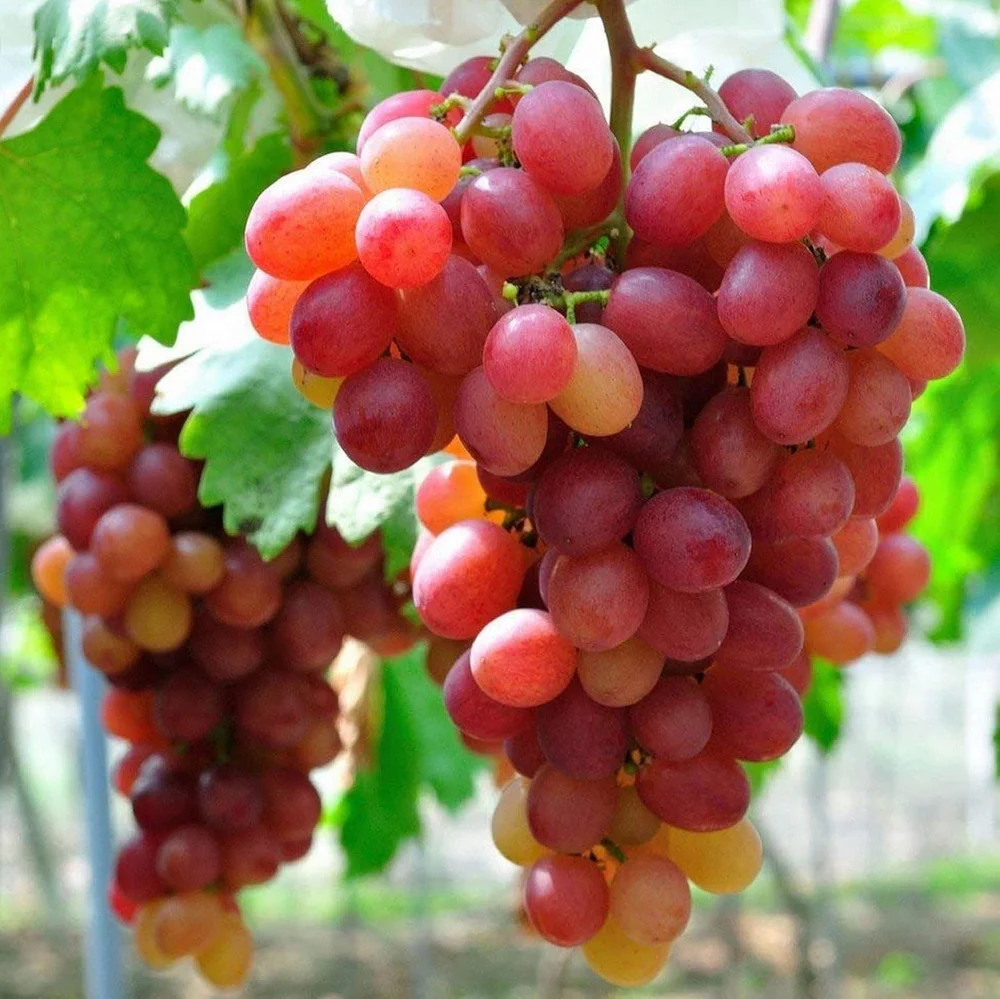Growing Purple Cucumbers: A Unique and Nutritious Addition to Your Garden
Purple cucumbers (Cucumis sativus) are a rare and visually stunning variety that adds a touch of uniqueness to home gardens. With their striking purple skin, crisp texture, and refreshing taste, they stand out from traditional green cucumbers. These cucumbers are not only attractive but also packed with essential nutrients, making them an excellent choice for health-conscious gardeners.
Whether you are a beginner or an experienced gardener, purple cucumbers are an easy-to-grow, high-yielding crop that thrives in a variety of conditions. This guide will walk you through everything you need to know about planting, caring for, and harvesting purple cucumbers, along with their benefits and companion planting recommendations.
About Purple Cucumbers
Purple cucumbers belong to the same species as regular cucumbers but have been cultivated for their deep purple skin and slightly sweeter taste. These cucumbers grow on vines, requiring support to reach their full potential. They are high in water content, fiber, and antioxidants, making them a hydrating and nutritious addition to any diet.
Key Characteristics:
-
Unique deep-purple skin that adds color to salads and dishes.
-
Crisp, refreshing texture with a slightly sweet and mild flavor.
-
Grows on fast-spreading vines, producing multiple fruits throughout the season.
-
Suitable for both container gardening and traditional garden beds.

Why Grow Purple Cucumbers?
1. Unique and Exotic Appearance
Purple cucumbers are a rare sight in most gardens, making them an excellent conversation starter. Their vibrant color adds a visual appeal to homegrown harvests and culinary presentations.
2. Nutrient-Dense and Hydrating
Packed with vitamins A, C, and K, antioxidants, and fiber, purple cucumbers help support immune function, improve digestion, and keep the body hydrated.
3. High-Yield and Fast-Growing
Once established, purple cucumber plants produce fruit continuously, ensuring a steady supply of fresh cucumbers throughout the growing season.
4. Versatile Culinary Uses
These cucumbers can be eaten fresh, pickled, or added to salads, juices, and smoothies. Their mild sweetness makes them a refreshing addition to summer dishes.
5. Easy to Grow in Any Space
Purple cucumbers thrive in gardens, raised beds, and even containers, making them a great choice for urban and balcony gardening.
When to Plant Purple Cucumbers
The best time to plant purple cucumbers depends on your local climate and growing conditions.
-
Spring Planting: Start after the last frost when soil temperatures reach at least 15°C (60°F).
-
Summer Planting: In warmer climates, plant in late spring or early summer. Avoid peak heat, as extreme temperatures can stress young plants.
Growing Zones: Suitable for USDA zones 3-10 with proper care.
Where to Plant Purple Cucumbers
1. Sunlight Requirements
-
Full sun exposure for at least six to eight hours per day is essential for healthy growth.
2. Soil Requirements
-
Well-draining, loamy soil rich in organic matter.
-
Ideal pH: 6.0 - 6.8 (slightly acidic to neutral).
-
Enrich the soil with aged compost or organic fertilizers for better yields.
3. Space Considerations
-
Ground planting: Space plants 12-18 inches apart in rows, with at least 36 inches between rows to allow vines to spread.
-
Container gardening: Use a large pot (at least five gallons per plant) and provide a trellis for vertical growth.
How to Plant Purple Cucumber Seeds
Step 1: Prepare the Soil
-
Loosen the soil to a depth of eight to twelve inches.
-
Mix in compost or aged manure to improve fertility.
Step 2: Planting the Seeds
-
Sow seeds one-half to one inch deep in moist soil.
-
Plant two to three seeds per hole and thin them to the strongest seedling once they sprout.
-
Water immediately after planting to encourage germination.
Step 3: Provide Support
-
Install trellises, stakes, or netting to support the climbing vines. This prevents rot and promotes air circulation.
Step 4: Mulching
-
Apply a layer of organic mulch (straw, wood chips, or dry leaves) around the plants to retain moisture, suppress weeds, and regulate temperature.
How to Care for Purple Cucumbers
1. Watering
-
Keep soil consistently moist but not waterlogged.
-
Deep watering two to three times per week is recommended, especially during dry spells.
2. Fertilizing
-
Apply a balanced fertilizer (10-10-10 NPK) every two to three weeks for strong growth.
-
Avoid excessive nitrogen, as it promotes leaves over fruit production.
3. Pruning and Maintenance
-
Remove dead or yellowing leaves to encourage airflow and prevent disease.
-
Train vines onto supports to maximize space and yield.
4. Pest and Disease Control
-
Common pests: Aphids, cucumber beetles, and spider mites.
-
Prevention: Use neem oil or introduce beneficial insects like ladybugs.
-
Fungal diseases: Powdery mildew and root rot can be prevented by proper spacing, trellising, and avoiding overhead watering.
Companion Plants for Purple Cucumbers
Pairing cucumbers with the right plants enhances growth and helps deter pests.
Best Companion Plants:
-
Radish: Repels cucumber beetles.
-
Marigold: Keeps aphids and nematodes away.
-
Corn: Provides natural support for climbing cucumber vines.
Plants to Avoid:
-
Potatoes: Compete for nutrients and space.
-
Sage: May inhibit cucumber growth.
Harvesting Purple Cucumbers
-
Days to Harvest: 50-70 days after planting.
-
When to Pick: Harvest cucumbers when they are firm and about six to eight inches long.
-
How to Harvest: Use scissors or garden shears to cut cucumbers from the vine to avoid damaging the plant.
Storage Tips:
-
Fresh Cucumbers: Store in the refrigerator for up to one week.
-
Pickling Cucumbers: Preserve in a vinegar brine for a longer shelf life.
Uses of Purple Cucumbers
1. Fresh Eating
-
Slice into salads, sandwiches, or serve with dips for a crunchy snack.
2. Pickling
-
Their firm texture makes them perfect for homemade pickles.
3. Hydration Boost
-
Add slices to detox water or smoothies for a refreshing flavor.
4. Skin Care
-
Rich in antioxidants, cucumber extracts are great for soothing skin and reducing puffiness.
Final Thoughts
Growing purple cucumbers is a rewarding and exciting experience for home gardeners. Their unique color, high nutritional value, and easy-growing nature make them a must-have for any vegetable garden. With proper care, these cucumbers will provide a bountiful harvest throughout the growing season.
For high-quality Purple Cucumber Seeds, visit Organic India Seeds and start growing today.



コメントを書く
このサイトはhCaptchaによって保護されており、hCaptchaプライバシーポリシーおよび利用規約が適用されます。